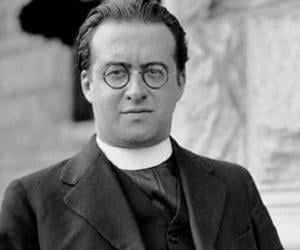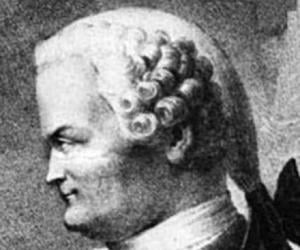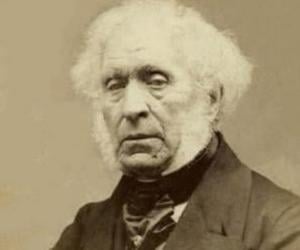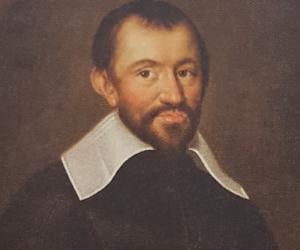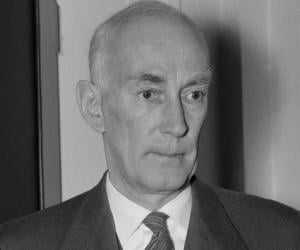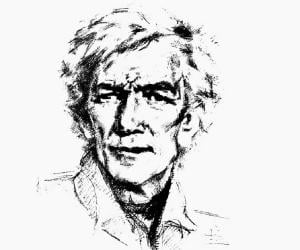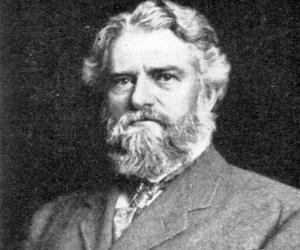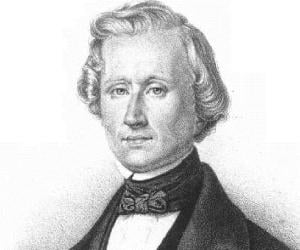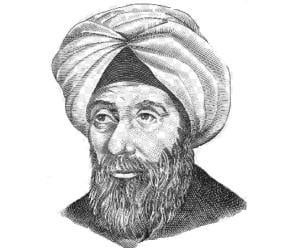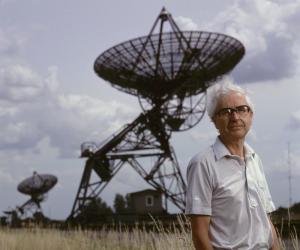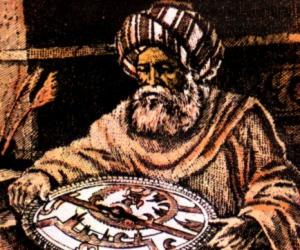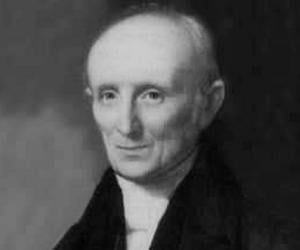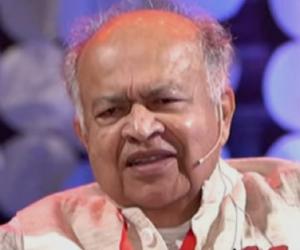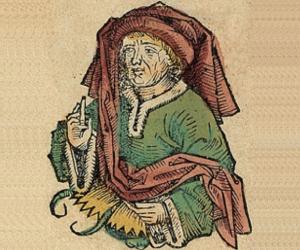Quick Facts
Also Known As: Georges Henri Joseph Édouard Lemaître
Died At Age: 71
Physicists Astronomers
Died on: June 20, 1966
place of death: Leuven, Belgium
More Facts
education: University of Cambridge, Catholic University of Leuven
Childhood & Early Life
Georges Henri Joseph Edouard Lemaitre was born on 17 July, 1894 to Joseph Lemaitre and his wife Maguerite Lannoy in Leuven, Belgium. Very little information is available about his parents and their professions. It is unknown whether he had any siblings or not.
Georges Lemaitre was initially educated at a Jesuit school located in Charleroi named College du Sacre-Couer. After finishing his high school education Lemaitre entered the Catholic University in Leuven to study civil engineering when he was 17. However, in 1914, he put his education on hold as he needed to serve the army during the First World War.
After returning from the World War, Georges Lemaitre returned to education and studied mathematics and physics, before finishing his Ph.D. in 1920. Three years later he went to St. Edmund’s College at Cambridge University as a post-graduate student and studied numerical analysis and cosmology. In the same year, he also became a Christian priest. Subsequently he spent a year at the Harvard Observatory before attending the Massachusetts Institute of Technology in Boston for a doctoral degree.
Career
After returning from the United States, Georges Lemaitre started his career in his native Belgium in 1925, when the Catholic University of Leuven appointed him as a part-time lecturer. Two years later, Lemaitre’s famous work proposing the theory of ‘expansion of the universe, titled ‘A Homogenous universe of constant mass and growing radius accounting for the radial velocity of extragalactic nebulae’ was published by the ‘Annals of the Scientific Society of Brussels’. The paper became more famous after it was translated into English. Later on, he would also go on to propound the ‘Big Bang Theory’.
Georges Lemaitre was also interested in cosmology and in 1927 wrote a paper that applied Einstein’s Theory of Relativity to the subject as he discovered the phenomenon that later became far more famous as Hubble’s Law. Lemaitre was also successful in computing the Hubble constant and became one of the stalwarts in the field of cosmology.
His theories on the universe had become quite famous and after his paper had been translated to English, the British Society invited him to London in 1931 in a conference related to spirituality and the universe. At the conference, he further explained his theory on ‘expansion of the universe’. He also travelled to important scientific conference like the Solvay Conference and the one held at Princeton University in the United States a few years later.
He spoke at a series of science conferences in the United States in 1933 and in one of those lectures, Albert Einstein, who was also one of the invitees, is believed to have applauded Lemaitre’s theory of cosmic rays. In the same year, Lemaitre returned to the subject of ‘expansion of the universe’ and produced a new paper that became one of his life’s greatest works.
The members of the Pontifical Academy of Sciences elected Georges Lemaitre as a member in 1936 and he rose to become the president of the organization 24 years later. He would remain a lifelong member. He was also elected as a member by the members of the Royal Academy of Sciences and Arts of Belgium.
Georges Lemaitre reduced his teaching related commitments in the 1950s and eventually gave up teaching altogether. The last years of his life and career were devoted to mathematics and he developed a keen interest in the then developing field of computer engineering.
Awards & Achievements
He was awarded the Francqui Prize on 17 March, 1934 by King Leopold III of Belgium. It is the biggest honour for scientists in Belgium.
The Royal Astronomical Society honoured him with the Eddington Medal 1953.
Georges Lemaitre’s second paper on the ‘expansion of the universe’ published in the ‘Annals of the Scientific Society of Brussels’ in 1933 is without doubt his greatest work in his long and distinguished career as a scientist.
Personal Life & Legacy
Georges Lemaitre was a Catholic priest and he lived under a vow of celibacy. Therefore, therefore he never married or had any children
Lemaitre died in Leuven, Belgium, on 20 June, 1966 at the age of 71. Reasons for his death are unknown.
Facts About Georges Lemaître
Georges Lemaître not only proposed the theory of the expansion of the universe, but he was also a talented pianist and violinist, showcasing his creativity and passion for the arts.
Lemaître was known for his quirky sense of humor, often incorporating jokes and puns into his lectures and conversations with colleagues.
Despite his groundbreaking work in cosmology, Lemaître maintained a humble and modest demeanor, preferring to focus on his research rather than seeking fame or recognition.
Lemaître was a strong advocate for the intersection of science and religion, believing that the two disciplines could coexist harmoniously and enrich one another.
In addition to his scientific pursuits, Lemaître was a skilled linguist, proficient in multiple languages including English, French, German, and Italian, which contributed to his ability to communicate and collaborate with scientists from around the world.


